Tips for Eliminating PMS Symptoms
0 Comments
Reduce Cortisol Levels
When it comes to PMS symptoms, the key is to do things that naturally raise your progesterone level. One of the things you can do is reduce your cortisol levels. Cortisol is your stress hormone and when stress becomes a chronic issue; your body will stop producing cortisol on its own. Your body will then call on progesterone to make more cortisol. This cycle then causes depletion in progesterone leading to PMS symptoms.” Photo: Getty Images

Eat to Balance Insulin
Another way to naturally raise progesterone is to balance the hormone insulin. You can do this by eating a diet consisting of low glycemic foods, or foods that slowly convert into blood sugar. Eliminate refined flours and sugars from your diet, which convert into blood glucose very rapidly. A diet that consists of too many sugary and starchy foods will lead to insulin resistance, which causes an imbalance with progesterone and PMS symptoms will follow. To prevent this from occurring, eat a lean protein – chicken, turkey, fish, beans, nuts – and a complex carbohydrate – a vegetable or high fiber fruit – every 2-3 hours.”

Eliminate Caffeine
Caffeine increases adrenaline, which causes your heart rate to increase and your liver to release more sugar into the bloodstream. Going cold turkey is not recommended, so wean yourself off gradually. Start with one cup of caffeinated coffee in the morning and then switch to decaf. Or you can try mixing them – half caffeinated and half decaf. Replace sodas with decaf herbal and green teas or filtered water. Again, wean yourself off by replacing one glass, bottle or can at a time until you’re eventually off soda and other caffeinated, and sometimes sugary, drinks altogether

Reduce Estrogen
Often times PMS symptoms occur due to an imbalance between our sex hormones progesterone and estrogen. This is called estrogen dominance, when either the level of estrogen is too high in relation to progesterone, or progesterone is too low in relation to estrogen, such as when progesterone is diverted to produce cortisol. One way to reduce estrogen is with vitamin B as it helps your liver to increase the metabolism of estrogen
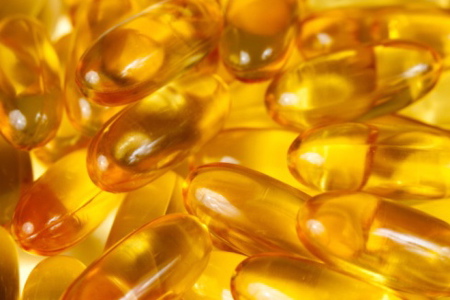
Fish Oil
There are many health benefits to taking a fish oil supplement, such as cooling inflammation and protecting the heart. Studies have also found that fish oil provides relief from PMS and menstrual pain. Going back to tip #2 of balancing insulin, fish oil plays a key role in controlling spikes and crashes in blood sugar because it enables our cells to receive signals and nutrients, including taking in blood glucose when delivered by insulin.”
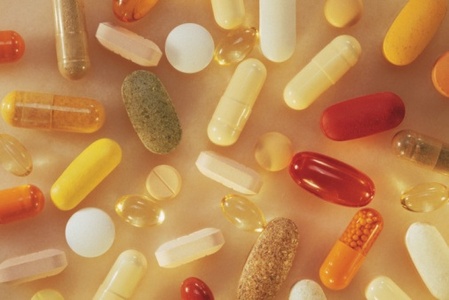
Vitamin D, Magnesium and Calcium
These are lumped together because in order to utilize calcium effectively, our bodies require adequate Vitamin D and magnesium. Magnesium tends to have a relaxing effect, which helps to alleviate muscle cramps and PMS symptoms. It has also shown to reduce water retention and bloating. Studies have also shown that calcium alleviates a number of PMS symptoms. You can try to boost calcium levels first through diet, but if you don’t digest dairy well, try a supplement.”
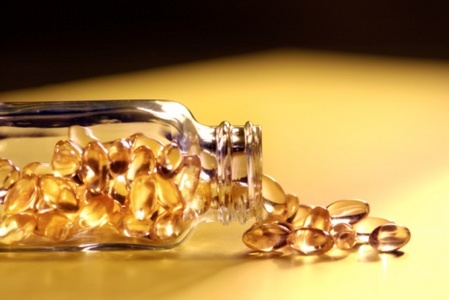
Vitamin E
Various studies have shown that Vitamin E may protect against PMS symptoms. As a strong antioxidant, Vitamin E fights against the formation of free radicals, improves the transmitting function between cells in the nervous system and increases the function of brain cells in regulating muscle movement. All of this results in less menstrual cramps, mood swings and irritability
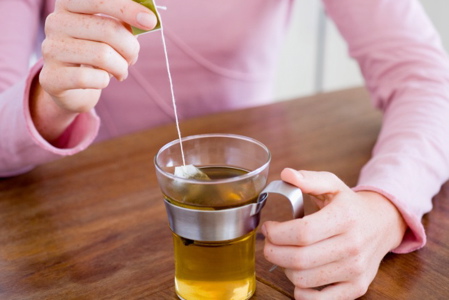
Black Cohosh
Black cohosh with its long history of relieving menstrual cramps is one of the most popular herbal remedies. Black cohosh is also used for mood swings, anxiety, depression and irritability. Another benefit of black cohosh is that it doesn’t raise estrogen levels.”
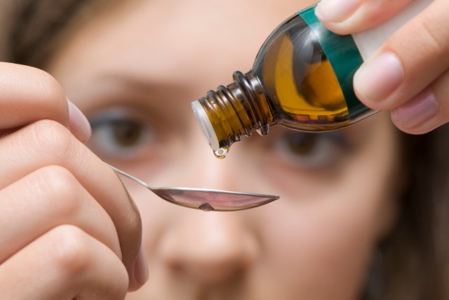
GLA (Gamma-Linolenic Acid)
GLA, a beneficial omega 6 fat, is another healthy fat, but is a different from the omega-3 fats found in fish oil. GLA helps reduce inflammation and PMS symptoms, as well as improve eczema, osteoporosis, ADHD, rheumatoid arthritis, allergies and diabetic neuropathy. GLA is found in evening primrose oil, borage oil and black currant seed oil. It is available as an oil or in capsule form
Add a CommentComments
There are no comments yet. Be the first one and get the conversation started!